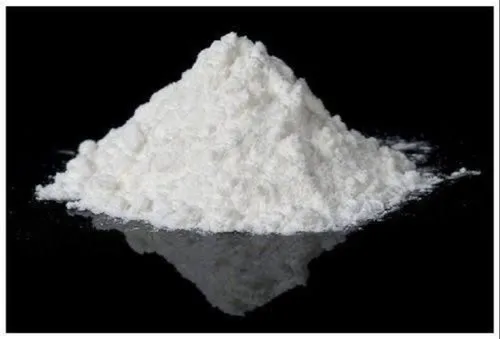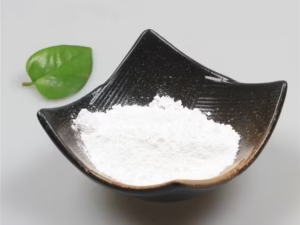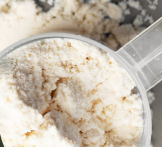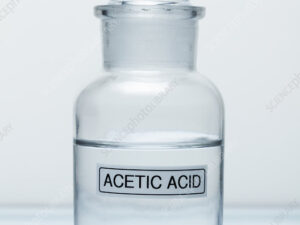Description
L-Tryptophan
Tryptophan is most often found in the form of an odorless and colorless or yellowish-white, crystalline powder. Tryptophan is poorly soluble in water, but highly soluble in fats. The product supports the proper functioning of reproductive, neurological and anti-stress functions in the body. It has a positive effect on the nervous system and allows for a reduction in stress levels, as it participates in the production of serotonin. It is also responsible for the production of the hormone melatonin, which facilitates falling asleep.
| Physical and chemical characteristics | Value |
|---|---|
| L-Tryptophan content | Min. 98% (HPLC, dry basis) |
| Moisture content | Max. 1.0% (105°C for 3 hours) |
| pH | 4,5 – 7 |
| Bulk density | 0,35 – 0,5 |
| Melting/Decomposition Point | 289°C |
| Water solubility | 1.06g/100g water at 20°C |
| Appearance | Light brown, free-flowing crystalline granules |
The shelf life of tryptophan is 3 years. The product should be stored in a dry and cool place.
Tryptophan plays a key role in animal nutrition. The product is added as an ingredient to feed premixes to maintain the desired level of tryptophan, which may be insufficient in other protein sources such as soy or rapeseed. L-Tryptophan is an important ingredient in poultry, pig and cow feed.
Since tryptophan is an essential amino acid for the proper functioning of the body, it is also used in dietary supplements intended for people with tryptophan deficiency. In addition to the above applications, the product is used in medications to treat sleep disorders and depression.















Reviews
There are no reviews yet.